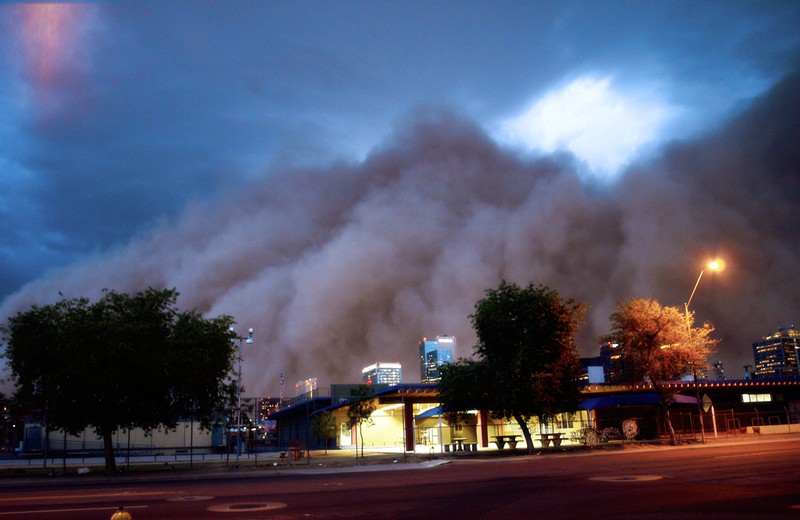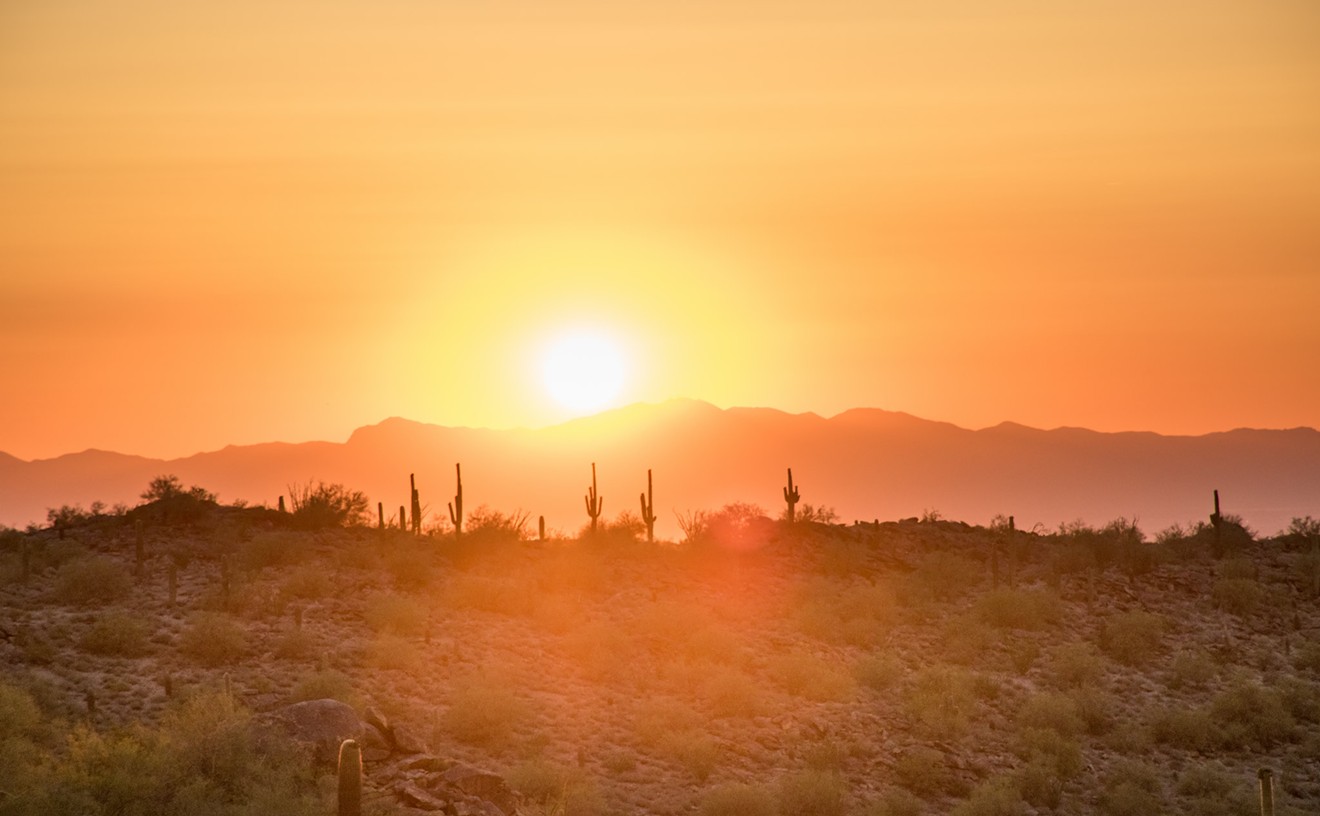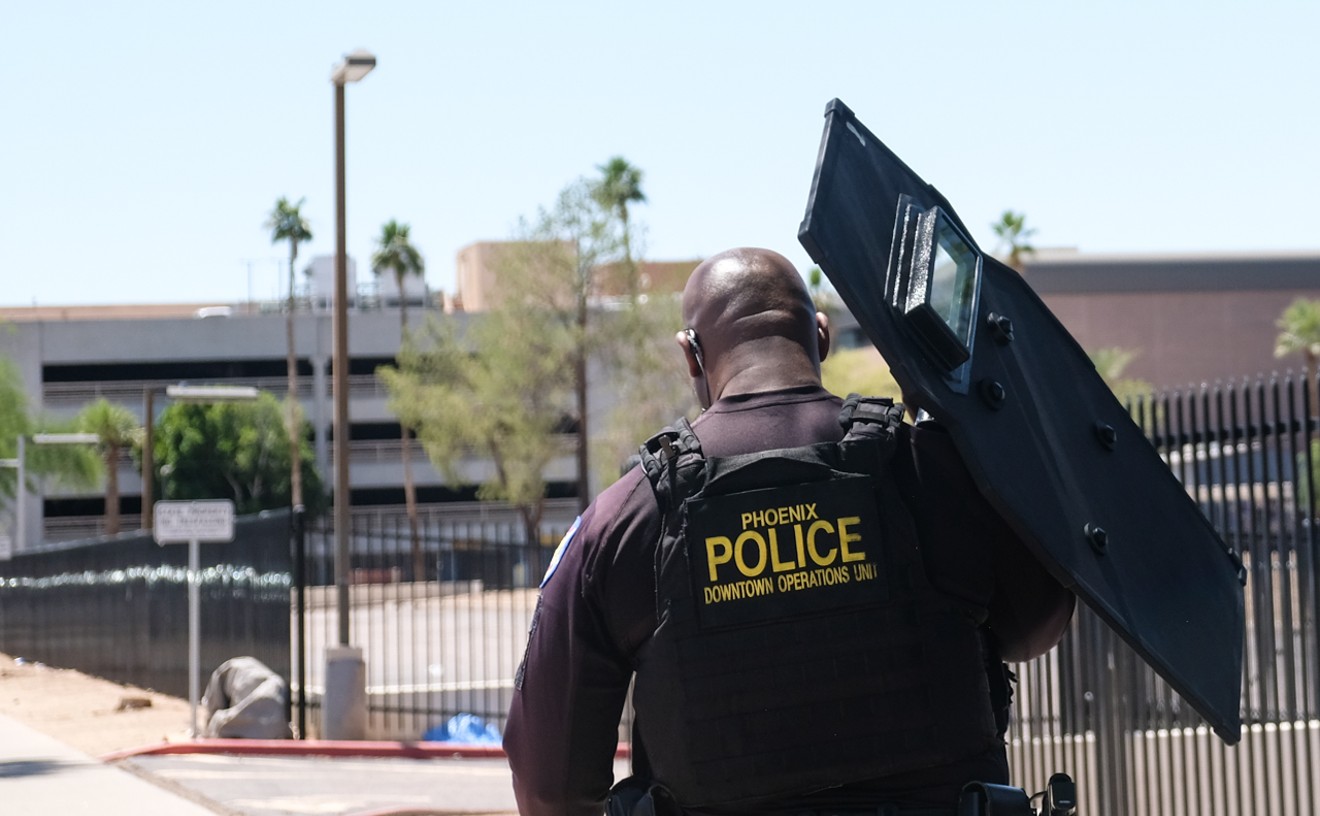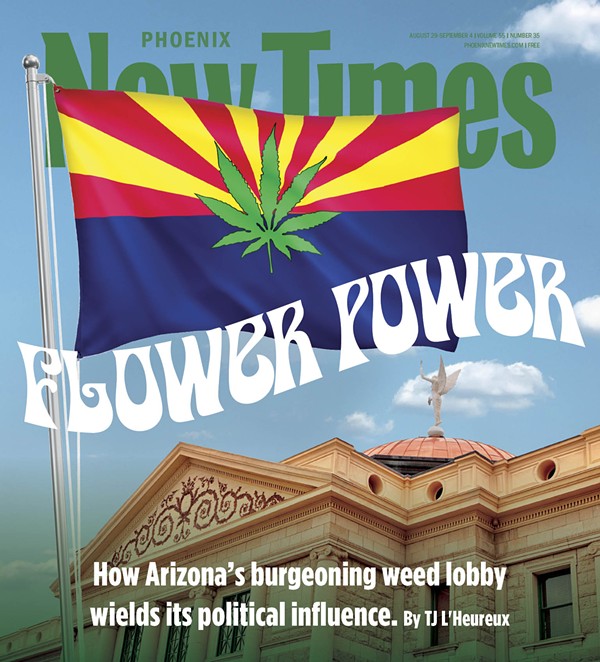But whether you’ve been here for decades or just a few months, you might be curious to learn more about Arizona’s infamous dust storms. Here’s what you need to know.
What is a haboob?
Haboobs are massive wind storms that carry desert sand in a large mass. They’re visible from miles away and look like an imposing wall of sand. But once they reach you, they can be seriously chaotic. If the wind is blowing fast enough, it could cause debris to fly around wildly. But mostly, it means lots of sand … everywhere.The name “haboob” comes from the Arabic word “habūb,” which means “blowing furiously.” Though haboobs are most common in Sudan, the term has been used to describe Phoenix’s largest dust storms after going viral in 2011.
When do haboobs happen in Arizona?
Arizona’s dust storms are prevalent during monsoon seasons in July and August. Haboobs are caused by far-off thunderstorms creating downbursts that pick up momentum and gather into a huge wind event. They are sometimes accompanied by thunderstorms and flash flooding.According to Maricopa County Emergency Management, one to three of these dust storms typically hit the Valley every year.
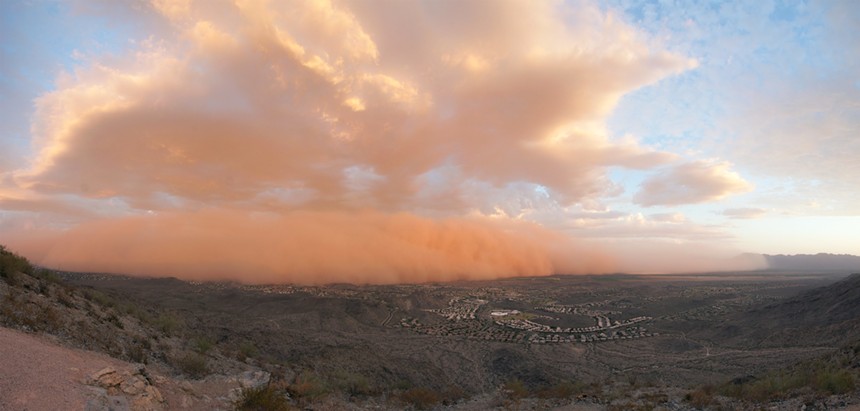
A 2012 haboob in the Valley
Alan Stark / Creative Commons
What should you do if you’re caught in one?
Find shelter and bunker down. Make sure your kids and pets are inside. Secure anything you keep outdoors.If you’re driving, it’s best to pull to the side of the road, stay in your vehicle and wait until the storm passes due to low visibility conditions. Once it passes, drive with extreme caution — debris can be moved into the road during a haboob.
What’s the biggest haboob in Arizona history?
The largest haboob in recent memory hit the Valley on July 5, 2011. The cloud of dust climbed a mile into the air and stretched for 100 miles, smothering the Phoenix metro region. This was actually the storm that led to the term “haboob” becoming commonly used.If you were here, you probably remember it. This reporter sure does. It felt and looked downright apocalyptic.
I was stuck in the middle of it at Tempe Sports Complex while picking my brother up from baseball practice. We could barely see 5 feet in front of us, but we were running around frantically searching for my brother’s friend. When we got home, my hair was completely gray from being in the eye of the storm.
What are your most memorable haboob stories?

